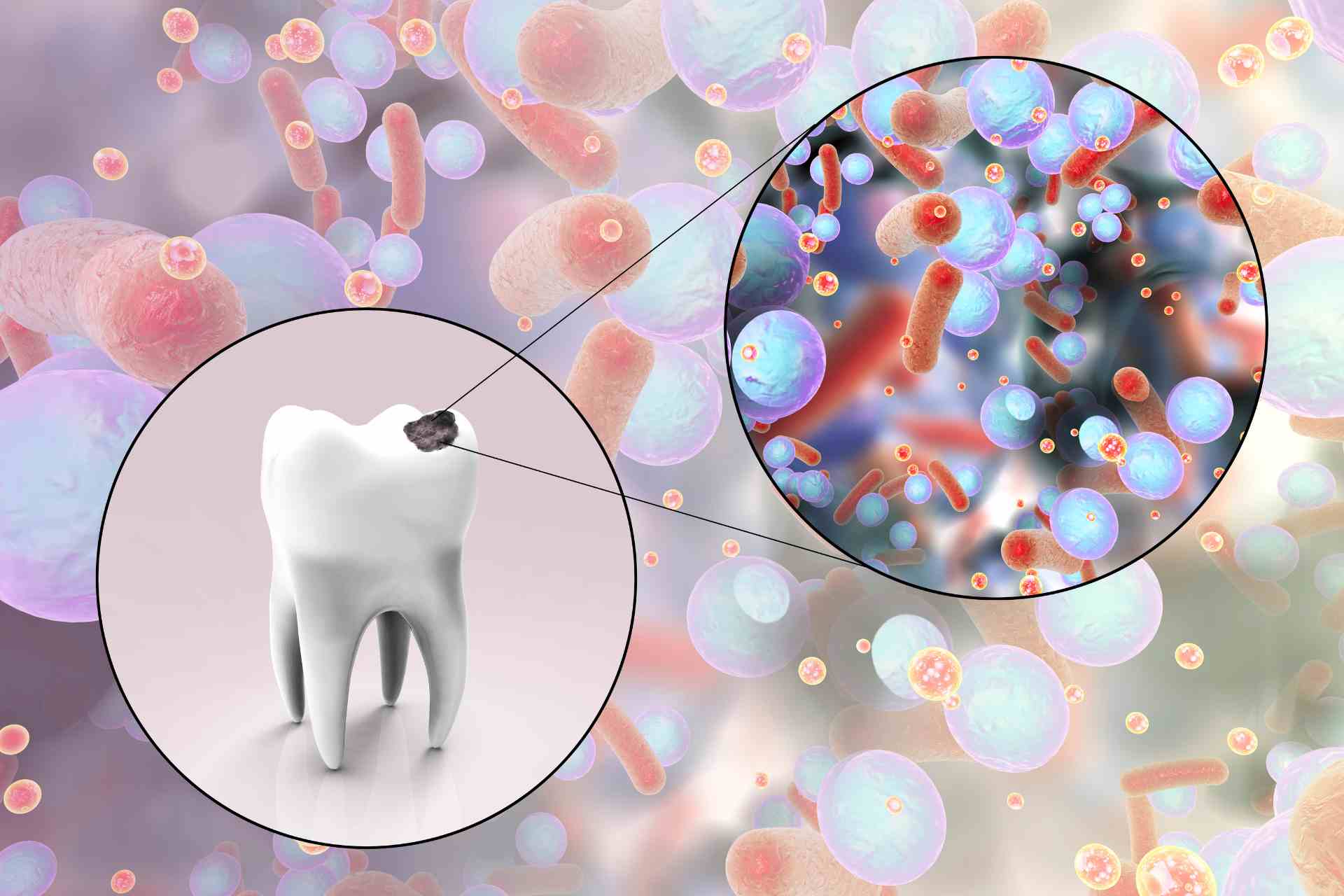What is already known
Mouth bacteria, including Streptococcus mutans, feed on dietary sugar and produce lactate, which can damage enamel and lead to cavities. Lactate undergoes different chemical modifications, including one, called lysine lactylation, that links cellular metabolism to changes in the activities of proteins that control gene expression in mammalian cells. However, it is unclear whether lysine lactylation plays a role in how S. mutans metabolizes dietary sugars.
What this research adds
Researchers investigated the metabolism of S. mutans in the presence of sucrose — the main constituent of white sugar. Sucrose generally boosted lysine lactylation, especially in proteins involved in metabolism and protein synthesis. An enzyme called GNAT13 catalyzed lysine lactylation onto a subunit of the protein involved in the synthesis of RNA molecules from a template of DNA. Overexpressing GNAT13 in S. mutans inhibited the formation of clusters of bacteria that are known as biofilms.
Conclusions
The findings suggest that lysine lactylation contributes to metabolic regulation in bacteria and that GNAT13 may limit sucrose-driven biofilm formation.
Snacking on sweets can lead to tooth decay, as mouth bacteria feed on sugars and then process them into acids that slowly cause cavities. Now, scientists have found that sugar stimulates a type of protein modification that shifts the metabolism of cavity-causing bacteria.
The study, published in Science Signaling, also identified a potential target to limit the formation of dental plaque — the sticky film that coats teeth and where cavity-causing bacteria typically reside.
The most common of these bacteria is Streptococcus mutans, which relies on dietary sucrose for energy. As S. mutans metabolizes sucrose, it produces lactate, or lactic acid, which damages enamel, leading to cavities. S. mutans also incorporates lactate into the carbohydrate chains that bind bacteria together into clusters known as biofilms.
Lactate can undergo different chemical modifications, including one, called lysine lactylation, where enzymes called acetyltransferases attach the lactyl group of lactate to certain lysine amino acid residues in proteins.
Scientists have known that in mammalian cells, lysine lactylation links cellular metabolism to changes in the activities of proteins that control gene expression. However, it is unclear whether lysine lactylation plays a role in how S. mutans metabolizes dietary sugars.
To address this question, researchers led by Zhengyi Li at Sichuan University in Chengdu, China, investigated the metabolism of S. mutans in the presence of sucrose — the main constituent of white sugar.
Adapting to the environment
The researchers set out to identify and quantify the proteins undergoing lysine lactylation in S. mutans under various sucrose concentrations. Sucrose generally boosted lysine lactylation, especially in proteins involved in metabolism and protein synthesis, the researchers found.
Lysine lactylation induced significant changes in key enzymes involved in glycolysis — the process in which glucose is broken down to produce energy. The researchers also found that S. mutans can modulate essential biological processes, including gene expression, by increasing or decreasing lysine lactylation of various proteins in response to environmental conditions that drive the formation of biofilms.
“This ability plays a crucial role in enabling S. mutans to rapidly adjust its metabolic patterns, adapt to environmental changes, and facilitate biofilm formation,” the researchers say.
Metabolic regulation
Further experiments showed that an enzyme called GNAT13 catalyzed lysine lactylation and attached a lactyl group to a subunit of the protein involved in the synthesis of RNA molecules from a template of DNA. Overexpressing GNAT13 in S. mutans inhibited biofilm formation, the researchers found.
“Although [lysine lactylation] has been demonstrated to regulate various metabolic processes in mammalian cells, the biological importance of this modification remains to be elucidated in prokaryotic cells,” the researchers say. “Our dataset provides a foundation for exploring the functions of [lysine lactylation] in bacteria.”
The results suggest that lysine lactylation contributes to metabolic regulation in bacteria and may influence virulence and pathogenicity. The findings also indicate that GNAT13 may limit sucrose-driven biofilm formation, the authors say.











